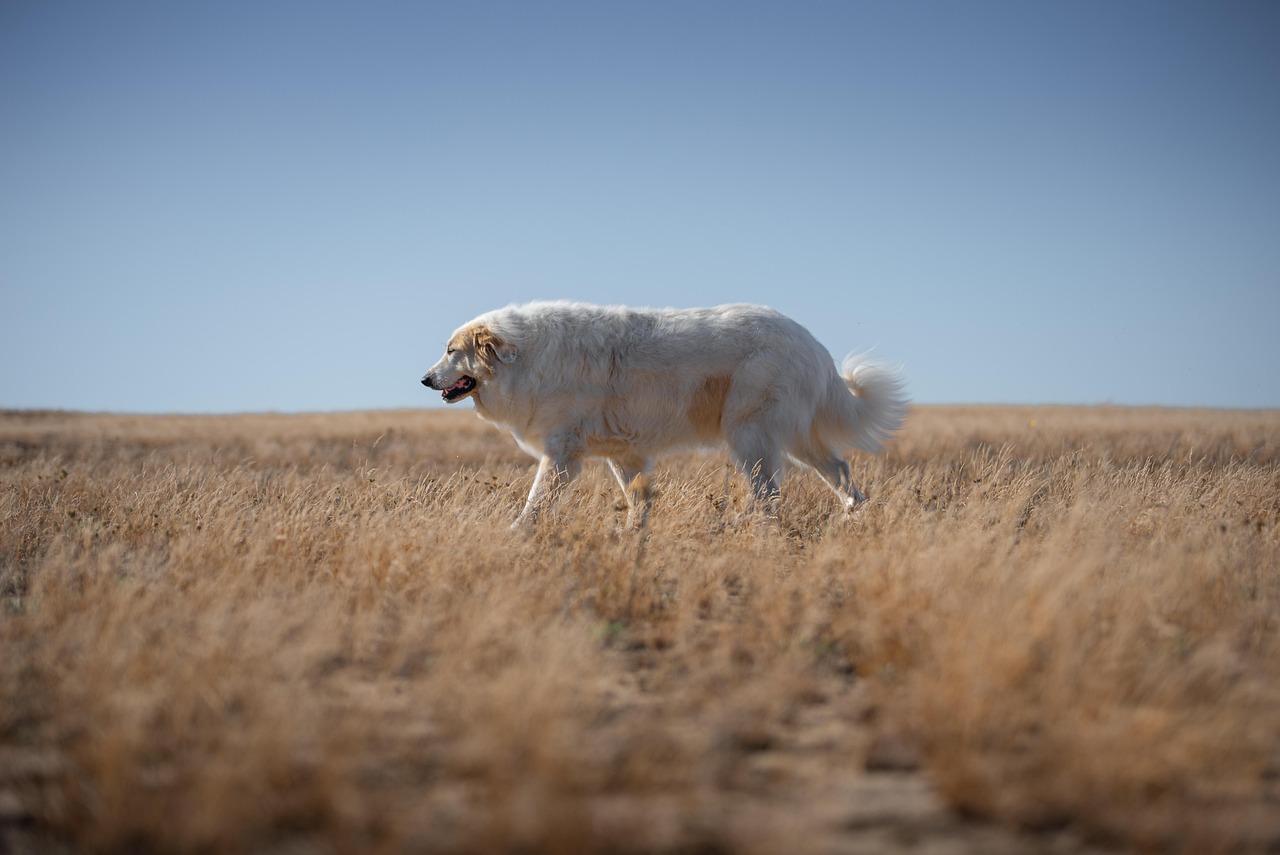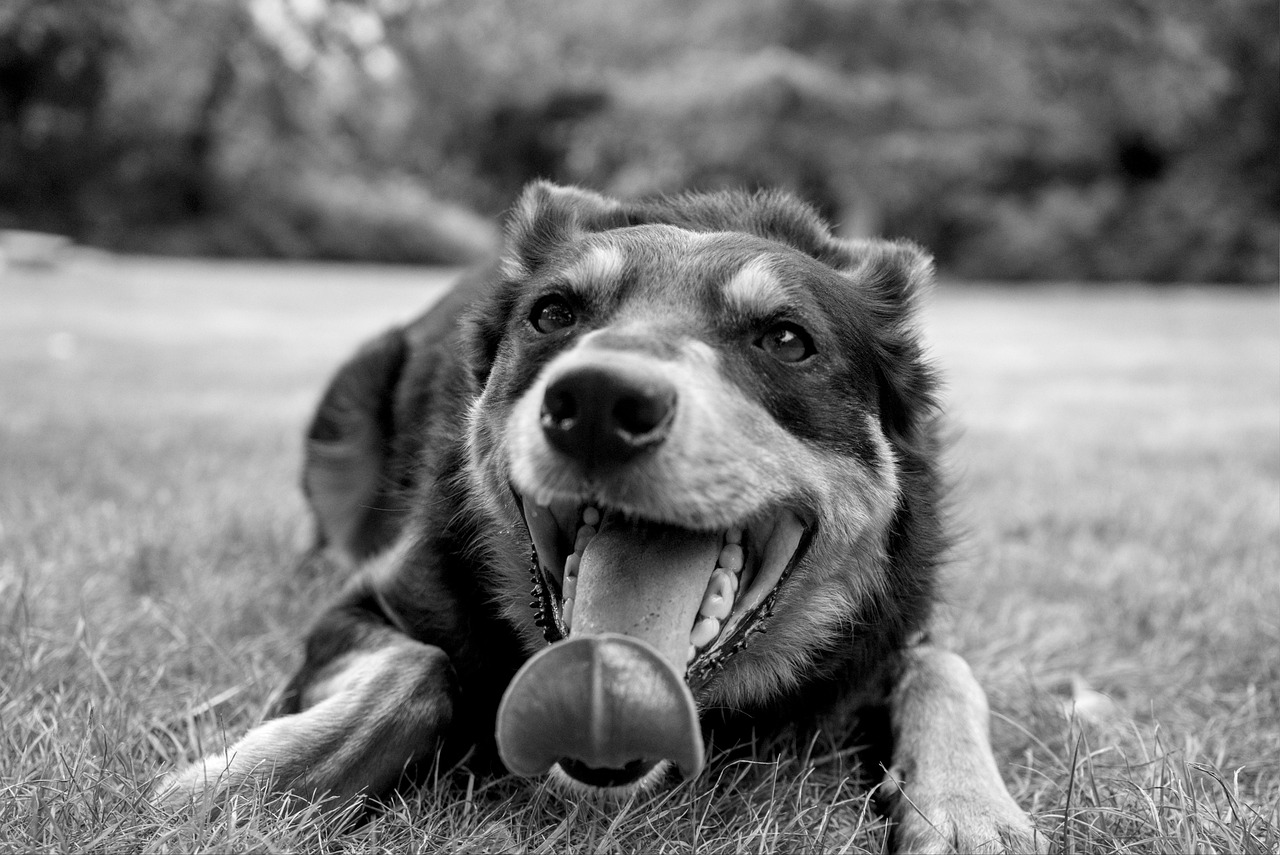Mastering Canine Commands: Easy Dog Training for Kids
Dog Training for Kids
Teaching kids to train dogs can be an enriching experience for both the child and the furry companion. Dogs are known for being loyal, lovable, and protective of their owners, while also offering an essential lesson about responsibility and caring for others for children. This guide will introduce a comprehensive overview on how kids can effectively train their dogs.
The first step in this process is choosing an appropriate training method. The most common method is reward-based training. This involves rewarding the dog whenever it successfully accomplishes a task or demonstrates good behavior. The reward can be anything from a small treat to a pat on the head or verbal praise. This model of positive reinforcement helps the dog associate good behaviour with rewards, encouraging it to replicate these behaviours in future.

Role of Kids in Dog Training
Children can take on a variety of roles in dog training. Younger kids can assist in feeding, grooming, and playing with the pet. As they get older, they can gradually take on more complex tasks, such as teaching the dog commands or taking them on walks.
It’s important to note that all dog training should be supervised by an adult to ensure the safety and well-being of both the child and the dog. Dogs can sometimes become excitable or scared, leading to unpredictable behaviour so guidance is crucial.
Appropriate Commands for Kids to Teach Dogs
Children can start training dogs by teaching simple commands like “sit”, “stay”, and “lie down”. These commands are not only basic but also critical for a well-behaved dog. Gradually, as the child gets more comfortable with the dog and understands its temperament, more complex commands like “rollover” and “fetch” can be introduced.
Moreover, the training sessions should not exceed 15 minutes for younger children and can be extended to upto 30 minutes for older children. Furthermore, patience and consistency are key to effective dog training. It’s important to understand the process may take time, and the dog might not always follow the command immediately. Over time, the dog will recognize the commands and respond accordingly.
Potty Training
Next to basic commands, potty training is also significant when it comes to dog training. Encourage the child to take the dog out for short walks or to the designated toilet area at set intervals. Reward the dog when it performs correctly. This method can enhance the bonding between the child and the dog and help in teaching responsibility to the child.
Frequently Asked Questions
1. At what age can a child start training dogs?
Children as young as three or four can begin helping with easy tasks like feeding or grooming the dog, while actual training can start around age six or seven.
2. How long should a child spend on training the dog each day?
Sessions should last only as long as the child or dog can pay attention. This is usually around 15 minutes for younger children and can be extended to 30 minutes for older kids.
3. Is it safe for children to train aggressive dog breeds?
It’s best to have an adult present while training any breed of dog, especially if it’s a larger or naturally more assertive breed. Aggressive dogs should be handled by professional dog trainers.
4. Can older dogs be trained by children?
Yes, older dogs can be trained by children. However, it may take more time and patience, as older dogs may have entrenched behaviors to unlearn.
5. How can children manage dogs that don't listen?
Just like with every training, patience and consistency are key. Children should always reward good behavior but also needs to be strict about rules.

Conclusion
Dog training for kids is a beneficial activity that can teach numerous critical life skills such as responsibility, patience, and empathy. The journey may seem challenging at first, but the benefits are worth it in the long run. Not only will it strengthen the bond between the child and their pet, but it will also result in a well-behaved and obedient dog that respects its young trainer and forms a lifelong bond of trust and mutual understanding.



